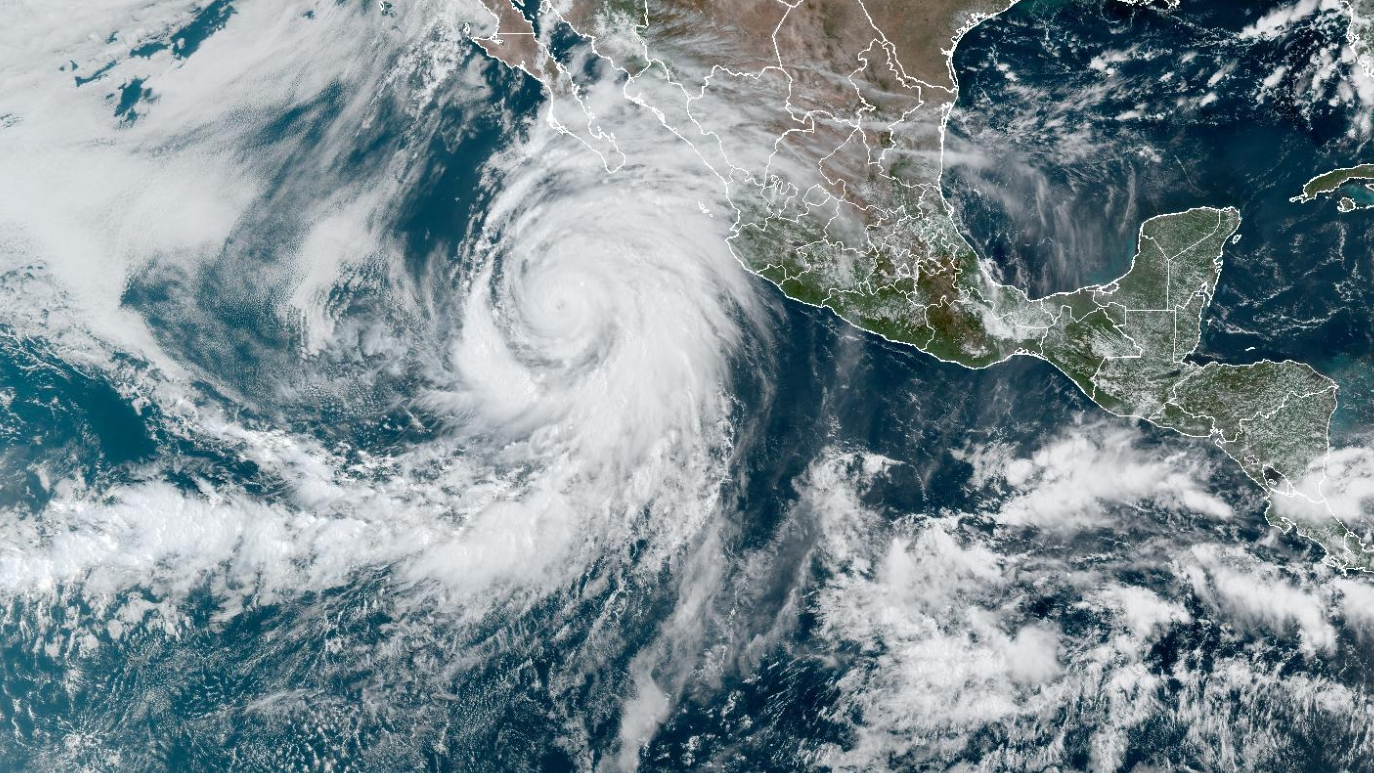The last time a tropical storm made landfall in California, Franklin D. Roosevelt was U.S. president, the movie "The Wizard of Oz" had just been released and the Dodgers still called Brooklyn home.
That was on Sept. 25, 1939 when a destructive tropical storm reached Long Beach, bringing sustained wind gusts of 50 mph and 5.6 inches of rain to Los Angeles over a period of 24 hours.
The state soon could experience its first tropical storm in 84 years with Hurricane Hilary strengthening to a Category 4 hurricane while moving along Mexico's Pacific coast. Due to cooler ocean water and a regional high-pressure system that weakens approaching storms, California has never had a recorded storm reach land as a hurricane.
Hurricane Hilary is expected to weaken as it reaches Southern California, but the storm will still bring widespread rain to the area on Sunday and Monday in what is typically the region's driest month of the year.
Get New England news, weather forecasts and entertainment stories to your inbox. Sign up for NECN newsletters.
What is the difference between a tropical storm and hurricane?
Storms are classified by their strength and intensity, which include hazards like coastal storm surge, high winds and heavy rainfall.
Here's the difference between the types of categorized tropical cyclones, according to the National Hurricane Center.
What is a tropical depression?
A tropical depression is a cyclone with maximum sustained winds of 38 mph or less.
Tropical depressions are not as strong or threatening as tropical storms or hurricanes, with wind gusts that are less likely to cause damage or destruction. The intense rain and inland flooding produced by the storm can still be catastrophic.
In 2004, Tropical Depression Winnie was a weak cyclone with peaks of 35 mph wind gusts, but its torrential rainfall led to widespread flooding in the Philippines, killing more than 1,000 people.
What is a tropical storm?
A tropical storm is a cyclone with maximum sustained winds of 39 to 73 mph.
While classified just below a hurricane, tropical storms can have similar damaging effects, particularly with flooding. Tropical Storm Allison in 2001 never reached hurricane-level winds but the slow-moving storm caused billions of dollars in damage, with particular devastation in Texas after five days of heavy rainfall.
It became the costliest tropical storm in history, and the first to have its name retired, after damaging 73,000 homes and flooding 95,000 cars. There were 41 fatalities.
What is a hurricane?
A hurricane is a tropical cyclone with maximum sustained winds of 74 mph or higher that typically registers as a Category 1 or 2 on the Saffir-Simpson Hurricane Wind Scale.
Hurricanes typically cause the most widespread damage of all classified storms, with capabilities of causing extensive destruction to homes and property. In 2022, hurricane damage cost the U.S. $165 billion in damages.
Hurricane Sandy in 2012 caused $50 billion in damage over 24 states. When the storm made landfall in the Northeast, its winds extended 1,000 miles end to end, producing a devastating storm surge that flooded houses along the coast.
What is a major hurricane?
A major hurricane is a tropical cyclone with maximum sustained winds of 111 mph or higher that is classified as Category 3, 4 or 5.
Hurricane Katrina in 2005 intensified to a Category 5 storm over the Gulf of Mexico before making landfall in Louisiana as a Category 3 with wind speeds of 140 miles per hour. It was one of the deadliest hurricanes to ever hit the United States, with more than 1,800 people estimated to have been killed. It caused roughly $161 billion in damage, leaving millions homeless and becoming the costliest hurricane on record.



